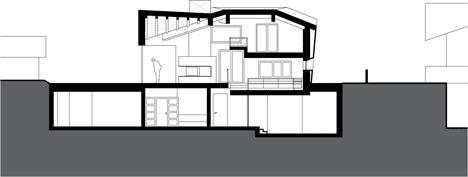House in the Alps by Mostlikely based on an agricultural barn
Vienna design collective Mostlikely modelled this Alpine lodge on the wooden agricultural barns of surrounding mountain villages.
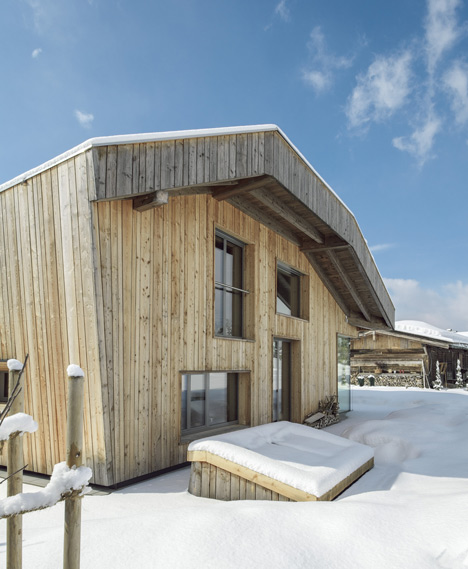
Mostlikely wanted to design a building that would be suited to a modern family lifestyle, but that also wouldn't look out of place amongst the traditional architecture of its locality in Kitzbühel, Austria.
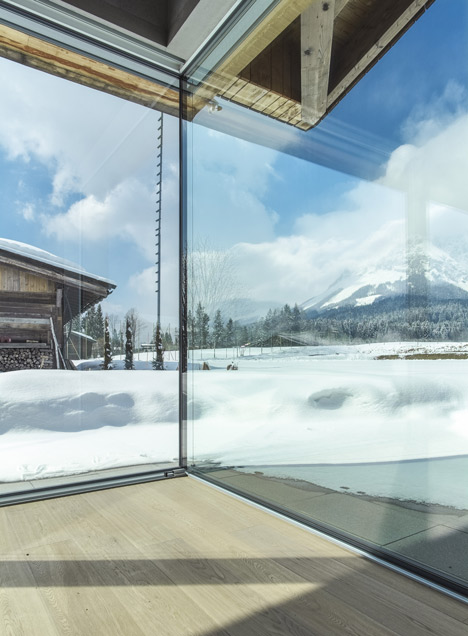
"This coherent architectural landscape allows for a romantic identity as well as regional authenticity and serves as the layer stone of the tourism industry in this area," said the designers.
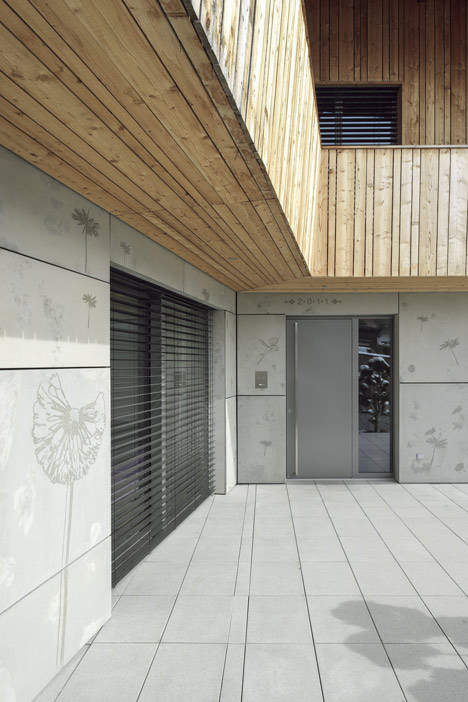
Rather than replicating the design of the local houses, they took the form of an old barn as the model for the house's shape and appearance.
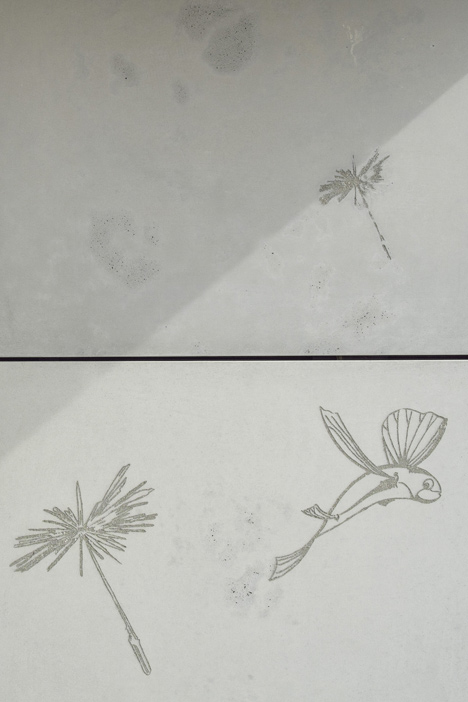
"The typology of the barn with its brick-built, massive socket that contrasts its open hayloft seemed to suit today's needs better than the traditionally poor-lit farmers house of the old days," added the designers.
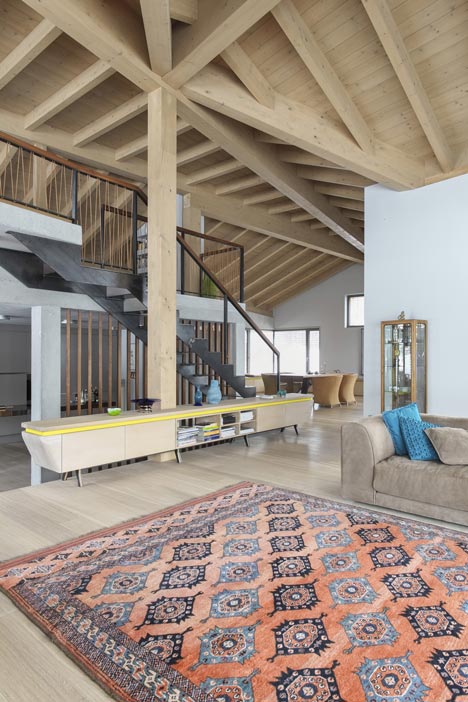
Named The Barn, the three-storey house comprises a base of bare concrete rather than brickwork, and a wooden upper section with a gently sloping roof that helps prevent a large build-up of snow.
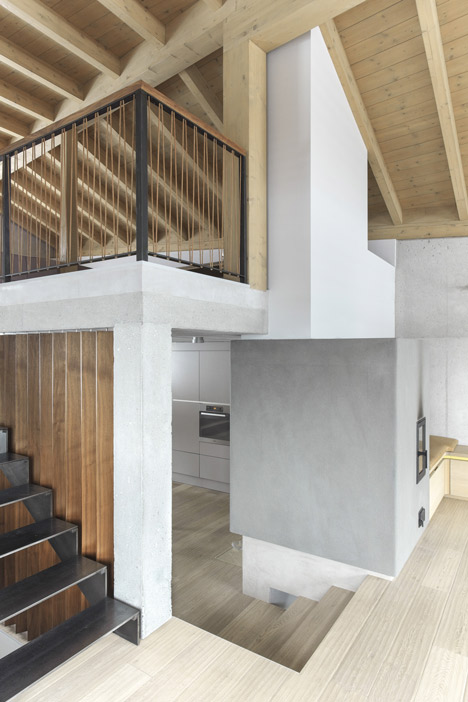
The architects collaborated with sculptor Stefan Buxbaum on the design of the concrete, using a corrosive chemical to engrave images of flowers and fishes into the surface to reference the "myths of the mountains".
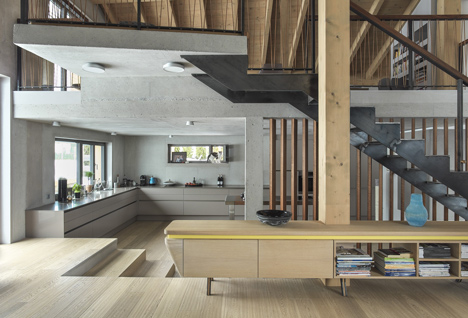
Living and dining rooms occupy the middle floor of the building and include double-height spaces with views up to the exposed wooden roof beams. A wood-burning stove sits between the kitchen and dining room, while glass doors lead out a large balcony terrace.
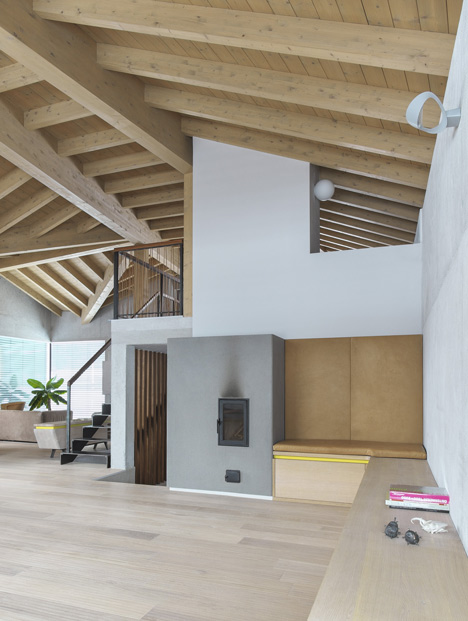
A metal staircase ascends to a top-floor mezzanine and descends to three bedrooms located on the ground floor.
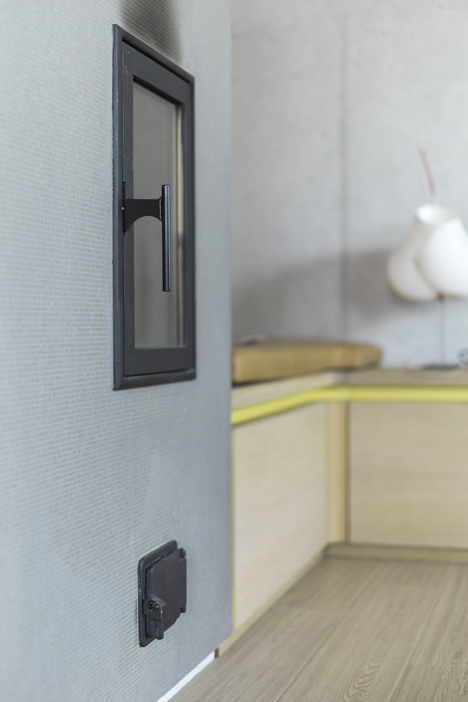
Photography is by Mostlikely and Maik Perfahl.
Here's a project description from Mostlikely:
The Barn – Edition Kitzbühel 2012. Living like a wild emperor. Staged Authenticity.
To build a one family house in the region of Kitzbühel architect Mark Neuner and the team of mostlikely took a better part of the design process as a research quest on how to build in a contemporary way without neglecting the historic traditions. Questions with great significance in an area where tradition not only weighs heavily on old houses but hardly any new houses that are more daring are to be found at all.
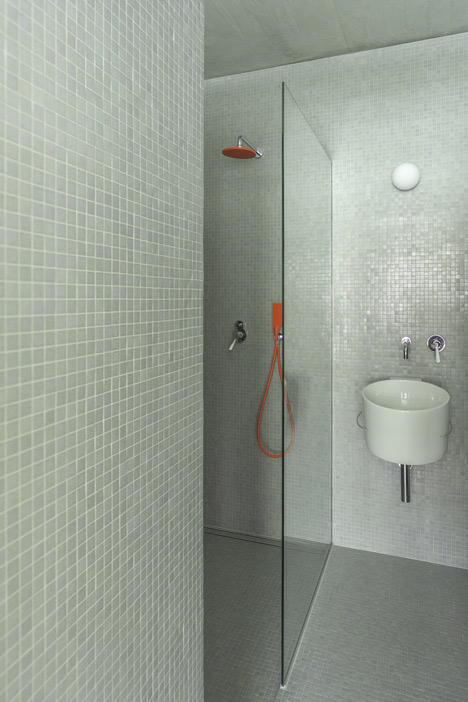
This coherent architectural landscape allows for a romantic identity as well as regional authenticity and serves as the layer stone of the tourism industry in this area. To respect and preserve the substance of the idyllic mountain village Going am Wilden Kaiser (the name of the mountain which literally translates to "Wild Emperor") mostlikely chose to stage the well-known and proven in a new way.
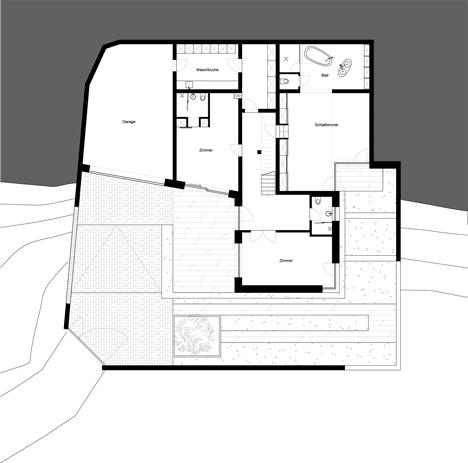
The ideal model
Numerous walks through the environment and a deep dive into the history as well as the cliches associated with the area helped to analyse, measure and document the surroundings. These physical and mental excursions would then lead to a visualised outline of the plan that was full of variety and complexity. This way of "working in pictures" at the beginning of the design process enabled us to get a stronger connection with the space. This approach eventually led mostlikely to the barn instead of the traditional house to play the model for the further development. The typology of the barn with its brick-built, massive socket that contrasts its open hayloft seemed to suit today's needs better than the traditionally poor-lit farmers house of the old days.
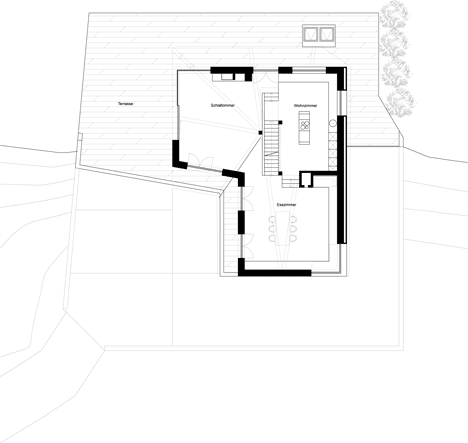
Concrete Flowers (or Fable and Flora)
The point of culmination for the idea of the barn was the socket. Instead of brick, concrete was the material of choice and the magic could take place: flowers and creatures that would slightly remind the myths of the mountains would grow - thanks to a corrosion technique - on the especially designed and each separately cast concrete panels. Moreover in an almost manic cooperation with the sculptor Stefan Buxbaum mostlikely was able to create panels of concrete almost as light as a feather so that even the automatic garage door would open and thus be integrated invisibly in the facade of the building.
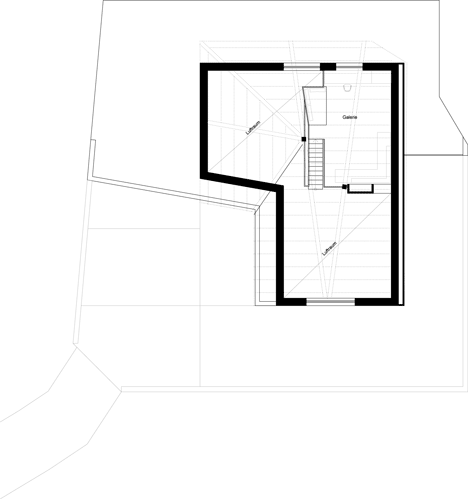
Proven but progressive
In the living areas of the house especially designed furniture, walls made from exposed concrete and most prominently the wooden roof timbering that would dominate the shape and feel of the upper floors would connect the shapes of the past with modern living styles just naturally without insinuating.
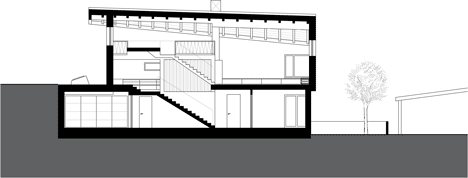
Unpretentious and natural as a barn should be, a new typology of housing in the mountains was born: "Scheune Edition Kitzbühel 2012" its name.
